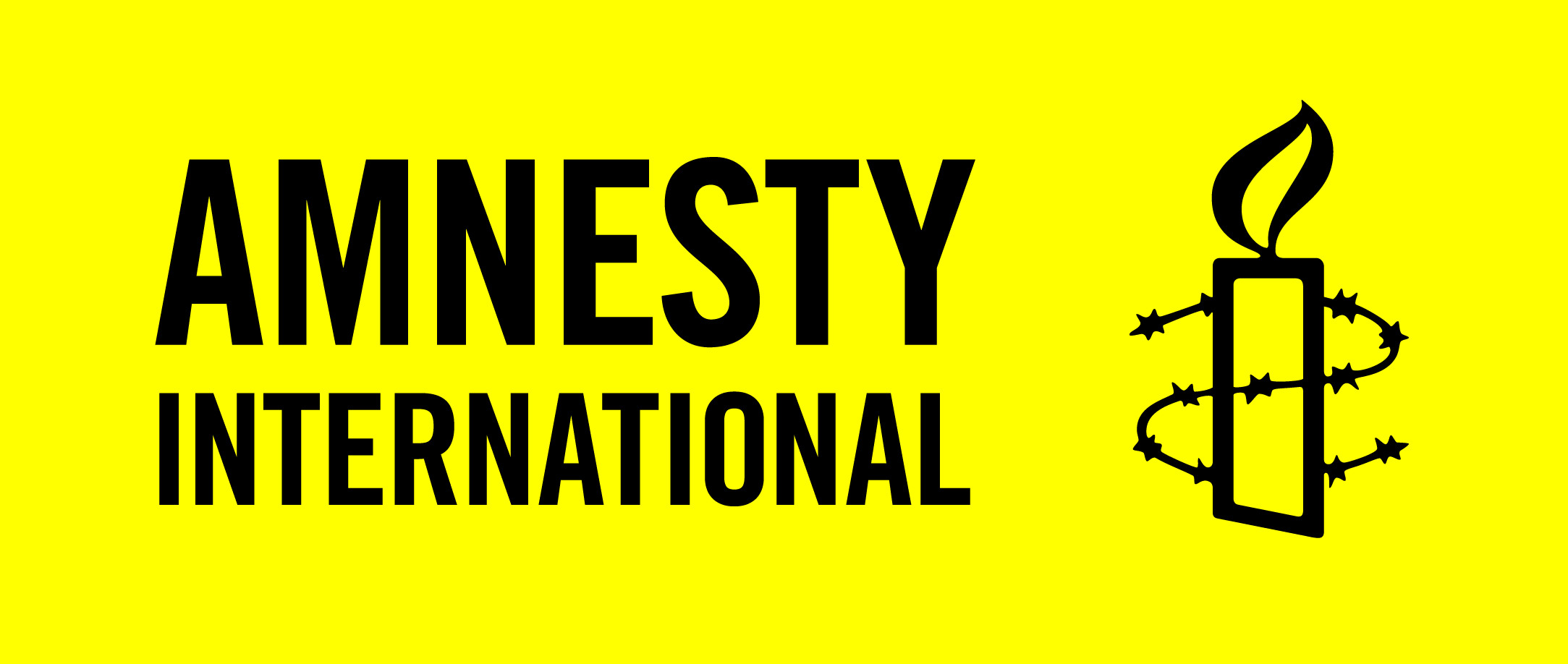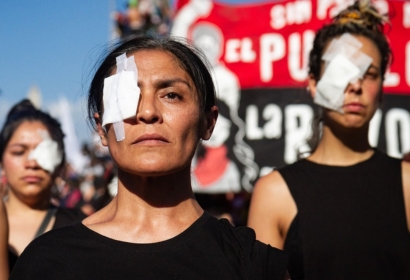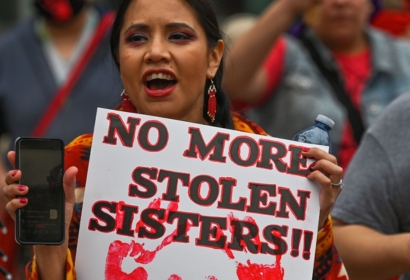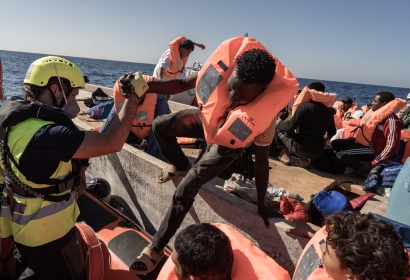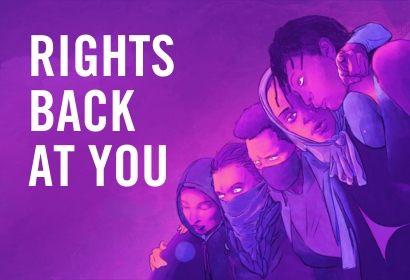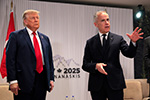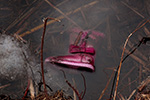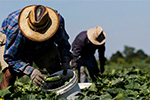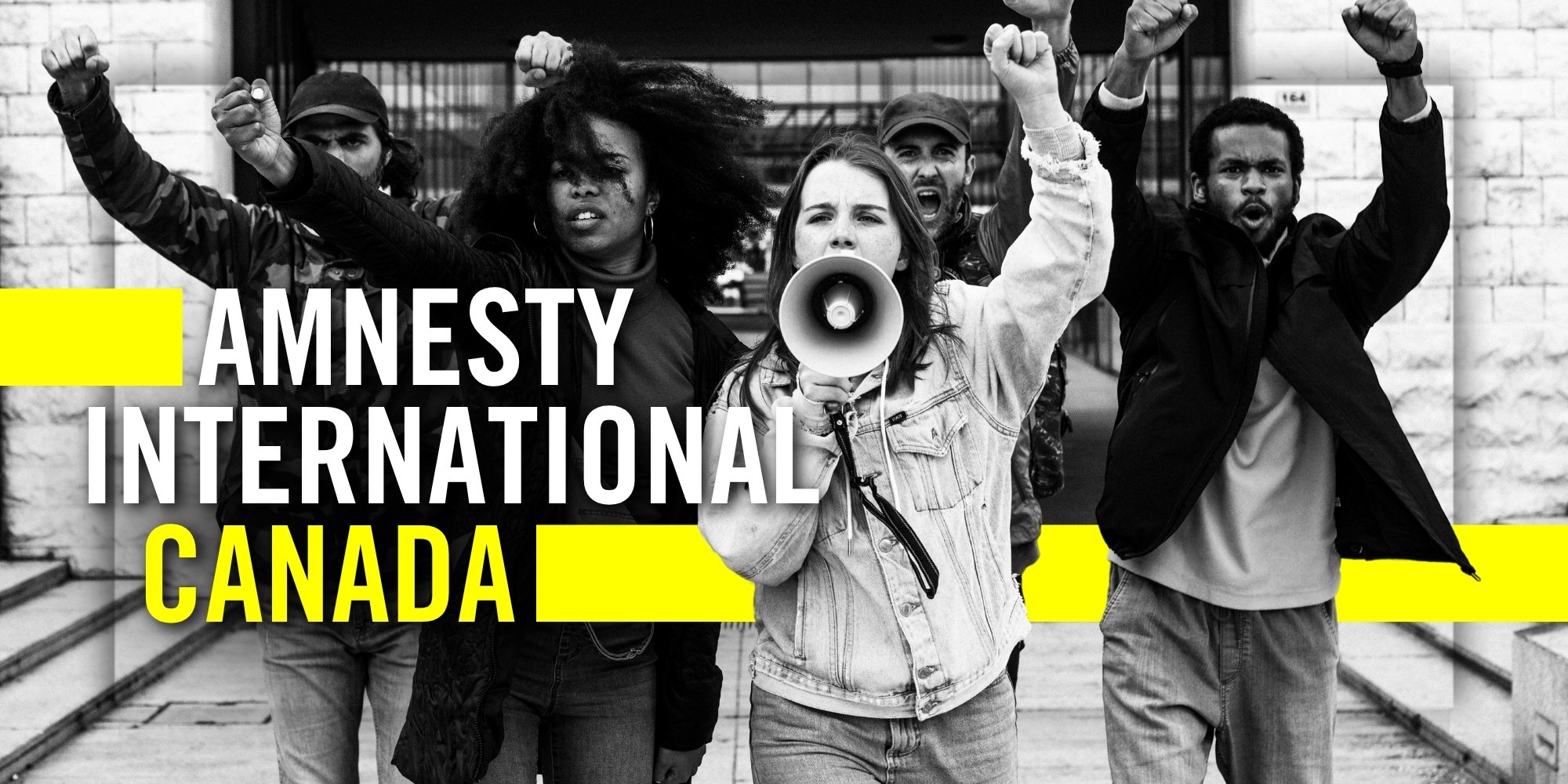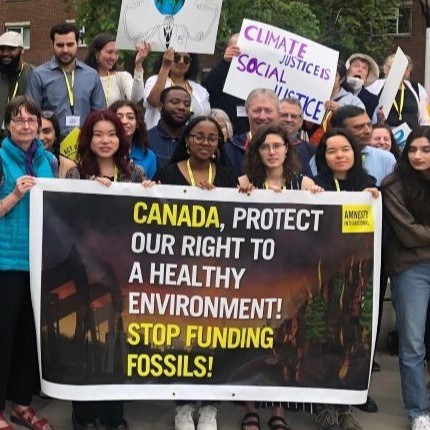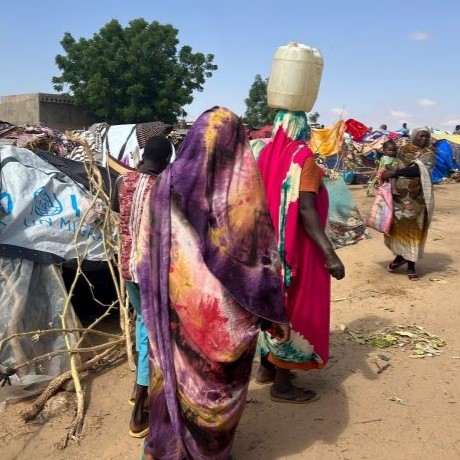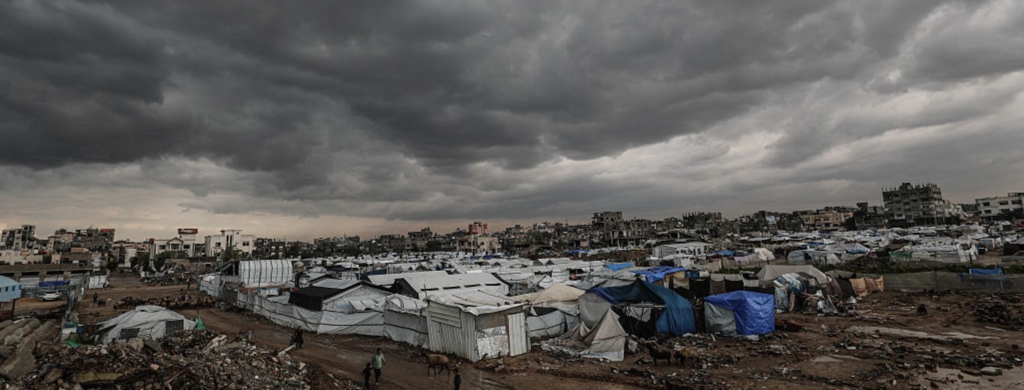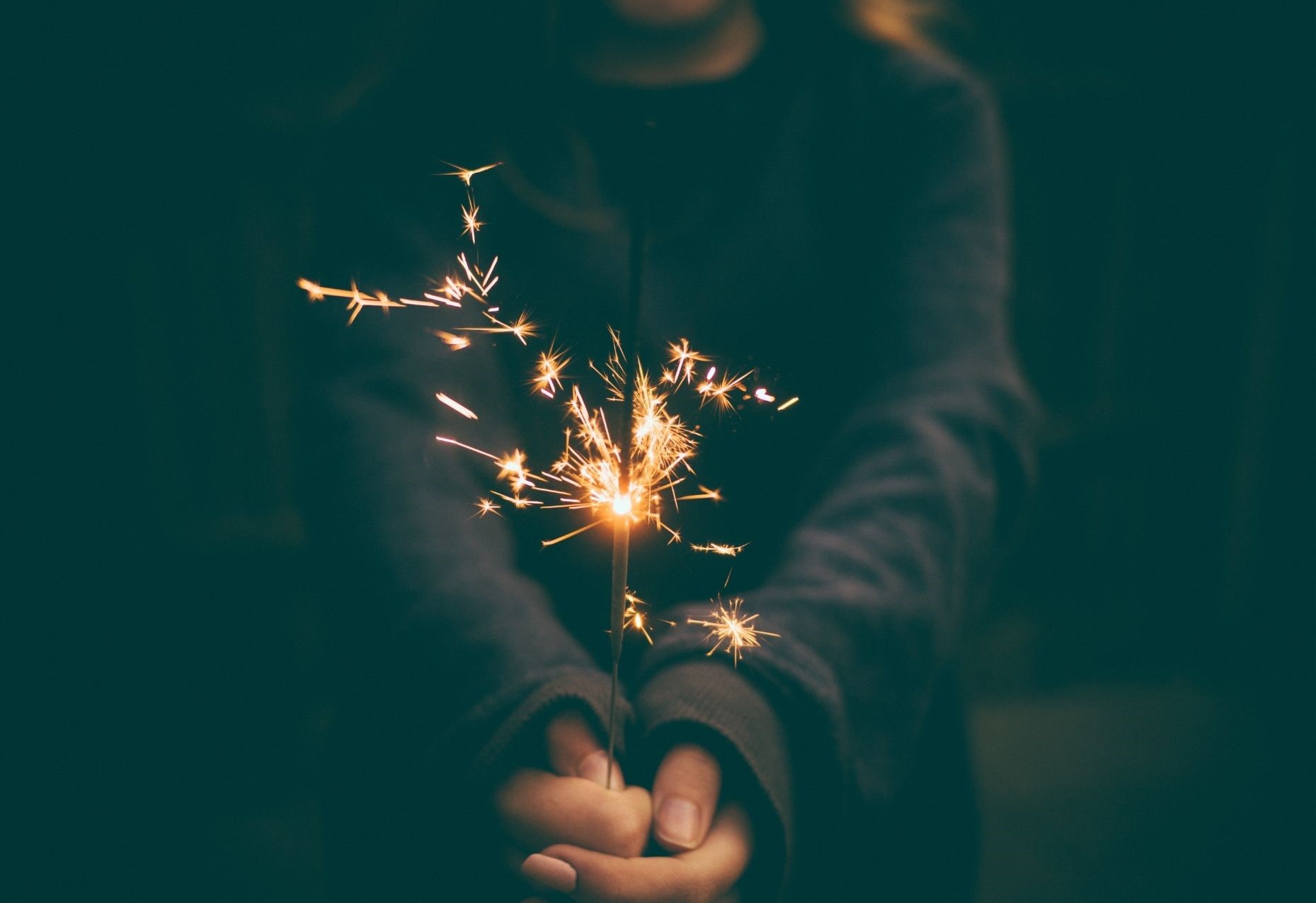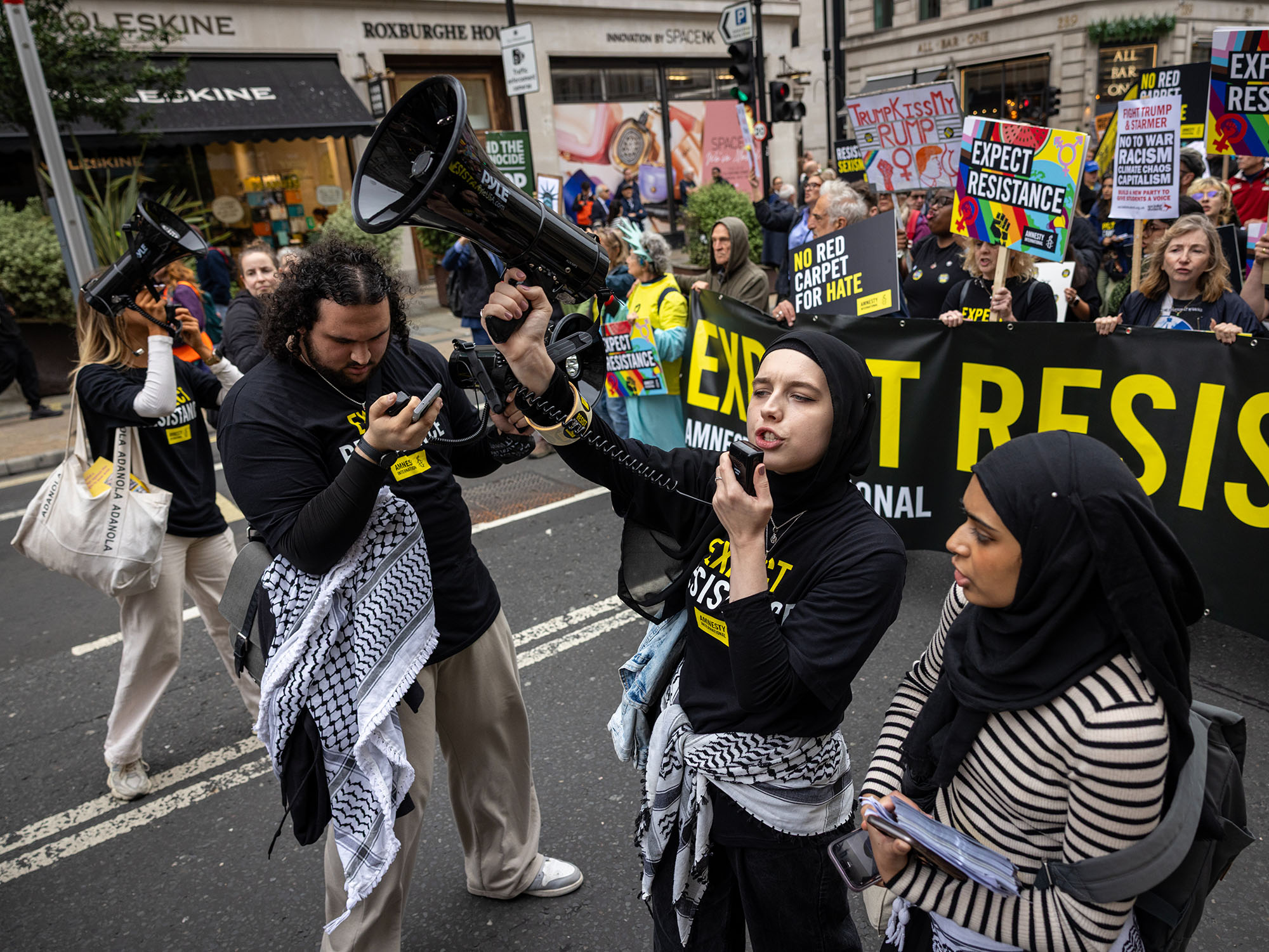Walk into any high-end phone shop and you’ll find all the hallmarks of the luxury tech market: slick surfaces, cool lines, spotless screens.
It’s a far cry from the toxic dust that children inhale as they mine the cobalt that powers the batteries we rely on for our phones and other portable electronic devices.
These child miners, some as young as seven, live in the Democratic Republic of the Congo (DRC), central Africa. Given that more than half the world’s cobalt comes from the DRC, that one fifth of it is extracted by artisanal (or informal) miners, and that around 40,000 children work in southern DRC where the cobalt is mined, there’s a chance that our phones contain child labour.
Yet phone manufacturers – global brands including Apple and Samsung – won’t tell us if their cobalt supply chains are tainted by child labour. They have a responsibility to do so –to check for and address child labour in their supply chains, setting an example for the rest of the industry to follow.
We all agree that our phones are indispensable, but we can’t dispense with the rights of the men, women and children whose labour powers our phones.
Child miners
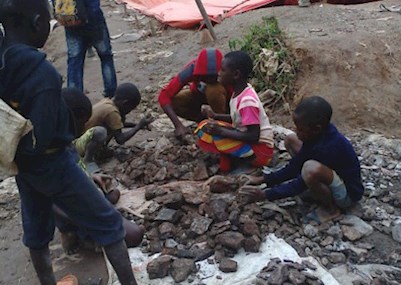 UNICEF estimates that about 40,000 boys and girls work as artisanal miners in southern DRC, many of who extract cobalt. Some artisanal miners use chisels and other hand tools to dig holes tens of metres deep, often without any permit. Others handpick rocks rich in cobalt ore at the surface. Although we met one boy who had gone down into the pits, most child miners work above ground, sifting through leftover rubble and rock, searching for bits of ore which they then sort and wash.
UNICEF estimates that about 40,000 boys and girls work as artisanal miners in southern DRC, many of who extract cobalt. Some artisanal miners use chisels and other hand tools to dig holes tens of metres deep, often without any permit. Others handpick rocks rich in cobalt ore at the surface. Although we met one boy who had gone down into the pits, most child miners work above ground, sifting through leftover rubble and rock, searching for bits of ore which they then sort and wash.
Photo 1: Children sorting through rock for cobalt ore. © Amnesty International and Afrewatch
Whether going into the holes – which are unfortified and prone to collapse – or sorting and sifting through discarded rock, the dangers are many.
I worked in the mines because my parents couldn’t afford to pay for food and clothes for me. Papa is unemployed, and mama sells charcoal.
 Many children we spoke to told us that they were frequently ill. Inhaling cobalt dust can cause hard metal lung disease – a potentially fatal condition. Skin contact with cobalt can cause dermatitis – a chronic rash. Yet the children and other miners have neither masks nor gloves to protect them.
Many children we spoke to told us that they were frequently ill. Inhaling cobalt dust can cause hard metal lung disease – a potentially fatal condition. Skin contact with cobalt can cause dermatitis – a chronic rash. Yet the children and other miners have neither masks nor gloves to protect them.
The children told us that they endured long hours – up to 12 hours a day – working at the mines hauling back-breaking loads of between 20 and 40kg for US$1-2 per day. Many had nothing to eat all day. Fourteen-year-old Paul, who began mining aged 12 and worked underground, told us he would often: “spend 24 hours down in the tunnels. I arrived in the morning and would leave the following morning.”
Artisanal miners show handfuls of cobalt ore (left) and copper ore (right) that they have scavenged from rocks discarded at mining sites. © Amnesty International and Afrewatch
Vulnerable and exploited
Many of the children work so they can go to school. Although by law primary education is free and compulsory in DRC, lack of state funding means that schools charge parents to cover costs like teachers’ salaries and books. These costs range from US$10-30 per month – more than most can afford.
Of the children we spoke to, those who went to school worked 10-12 hours during the weekend and school holidays, as well as before and after school.
Several children were beaten or saw children being beaten by security guards when they trespassed on land belonging to other mining companies. Children who collected, sorted, washed, crushed and transported minerals were paid per sack by traders. With no way of knowing the weight of the sacks or the grade of cobalt they had collected, the children had to accept whatever the traders paid them, leaving them vulnerable to exploitation.
The participation of children in mining is widely recognized as one of the worst forms of child labour. Governments have a legal duty not only to prevent this, but eliminate it altogether. And product manufacturers have a responsibility to check for child labour in their supply chains, address it where they find it, and publicly disclose the steps they have taken.
Help convince Apple to do the right thing
Of the big brands potentially linked to the human rights abuses identified in our report, Apple, by far, made the largest profits in 2015 – a staggering $53 billion. It is also an influential voice within the industry – which is why we want Apple to do the right thing and pave the way for others to follow. Please tweet our GIF at Tim Cook, CEO of Apple. (It’s embedded in the tweet below, and you can see a still image of it on this page.)
Take action today. Help convince Apple to set a bold example by telling consumers what they’ve done to check for and address child labour in their cobalt supply chain.
